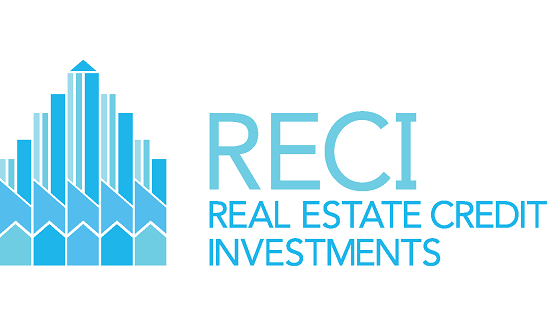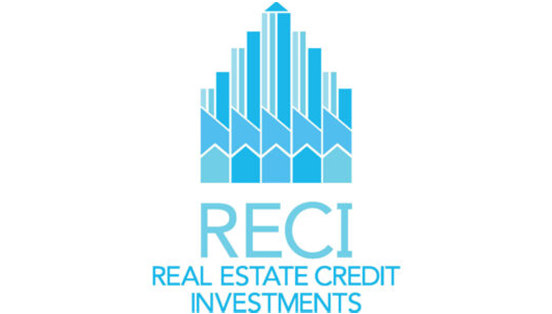When buildings once defined by rigid leases and fixed addresses begin to anticipate tomorrow’s needs, a subtle shift takes hold. It starts with a whisper of change in how people gather, collaborate and inhabit their work environments. Long before capital allocates to bricks and mortar, the sense that something fundamental is transforming within these walls takes root, drawing in those attuned to the unspoken tempo of future opportunity.
At the heart of this unfolding narrative lies the interplay between how we choose to work and the value we ascribe to space. The post-pandemic era has not simply reshaped attendance patterns; it has rewritten the script for entire portfolios. Traditional towers now coexist with neighbourhood hubs designed to morph through the week, accommodating team gatherings one day and solo focus the next. As habits crystallise around this hybrid choreography, investors increasingly favour properties with adaptability and scale that mirror the flexibility sought by occupants. It is this responsiveness, built into floor plates, communal areas and even parking arrangements, that signals where capital will flow next.
Equally compelling is the growing imperative to reconcile the bottom line with environmental and social responsibility. Buildings once condemned for inefficiency are now being retrofitted with energy-saving systems, green roofs and advanced water management, driven by both tenant demand and regulatory pressure. Savvy investors appreciate that early alignment with sustainability benchmarks unlocks financial incentives, bolsters tenant retention and insulates value against future compliance costs. In practice, this has translated into a steady migration towards assets capable of delivering demonstrable carbon reductions, seamless waste-stream practices and certifications that attest to resource stewardship.
Parallel to environmental mandates is the ascent of technology as a quiet architect of real estate value. Smart sensors track occupancy and air quality in real time, enabling operators to optimise heating, cooling and lighting with granular precision. Digital twins, virtual replicas of physical properties—allow developers and asset managers to simulate refits, test emergency responses and plan capital improvements without disturbing tenants. Meanwhile, platforms powered by artificial intelligence digest reams of market data, pinpointing under-served corridors of demand and projecting rent trajectories with increasingly reliable accuracy. This technological layer does more than enhance efficiency; it underwrites more confident decisions by illuminating risk and opportunity at speeds previously unattainable.
Yet even as these innovations accelerate, another trend is quietly reshaping the way space itself is conceived. The growing appetite for flexible and co-working environments reflects a broader shift towards experiential real estate, where relationships and serendipity are as prized as square footage. Facilities offer memberships that unlock access across multiple locations, enabling companies to scale up or down without the burden of long-term commitments. For investors, such models generate diversified income streams and higher yield potential, anchored by the rising willingness of users to pay premiums for agility and community.
Finally, the industrial side of the sector continues to exhibit remarkable dynamism, propelled by e-commerce and the insatiable demand for data. Logistics parks situated near population centres have traded at record multiples, as last-mile fulfilment becomes a strategic advantage. At the same time, purpose-built data centres, those climate-controlled hubs sustaining our digital lives, command ever-greater attention for their long-term lease profiles and resilience to economic cycles. In both cases, investors drawn to predictable cash flows find the combination of structural tailwinds and limited supply a compelling case for allocation.
Real Estate Credit Investments Limited (LON:RECI) is a closed-end investment company that specialises in European real estate credit markets. Their primary objective is to provide attractive and stable returns to their shareholders, mainly in the form of quarterly dividends, by exposing them to a diversified portfolio of real estate credit investments.











































